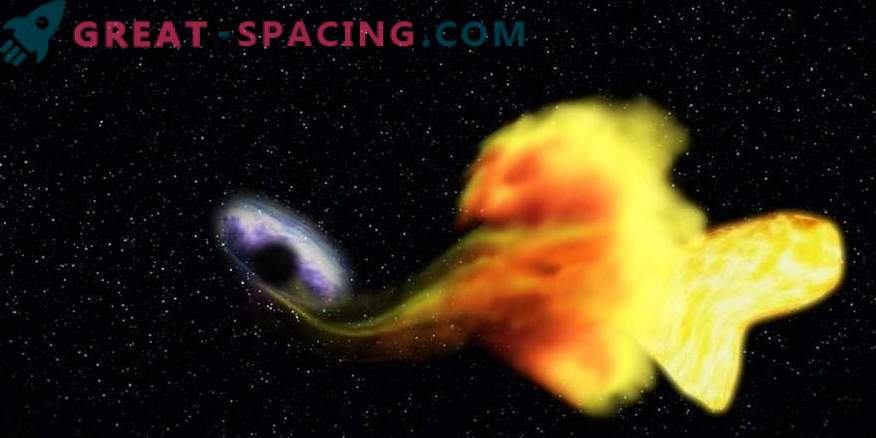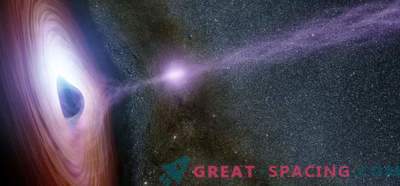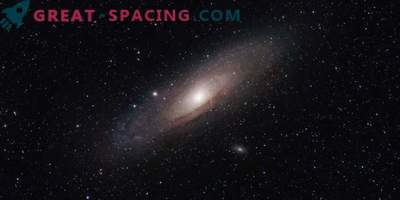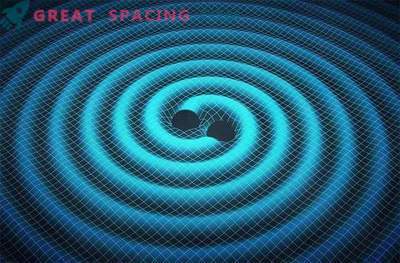
Researchers at LIGO have reported on the fixation of gravitational waves created by merging the smallest of the black holes found. This study will allow you to better understand the difference between the behavior of large black holes and small ones.
Gravitational waves - ripples in the fabric of space-time, created by accelerating or decelerating objects. They are difficult to find, but they are important because they allow you to directly explore powerful cosmic phenomena, which include black holes that are not caught by the usual review.
The gravitational-laser interferometry observatory (LIGO) is capable of finding double black holes - a pair coupled by gravity that rotates and merges into a single black hole.
LIGO is represented by two L-shaped detectors. When the gravitational wave hits the sensor, it squeezes one sleeve and stretches the second. A thin system of mirrors catches changes and signals to the center.
The first event of the merger captured in September 2015. June 7 noticed the merger GW170608. The signal came from a powerful collision of two tiny black holes, which are only 7 and 12 times the solar mass. The merger led to the creation of a black hole with 18 solar masses. This is a small event. In December 2015, a small one was also recorded, where the masses of black holes reached 7.5 and 14.2 solar. Analysis shows that the GW170608 pair is in the same class as the black holes detected by X-rays.
X-rays come from a black hole in the process of pulling in material from a nearby star, gravitationally locked with a pair. Scientists are surprised that the larger black holes with X-rays have not yet been able to fix in LIGO. But they are confident that GW170608 will help solve this mystery.
At the end of 2018, the device activates the next observation run. The researchers hope to see not only the merger of black holes and neutron stars, but also something more bizarre, such as the merger of a black hole and a neutron star. This hybrid would allow to investigate, apart from gravitational waves, the special luminescence observed in typical telescopes.











































